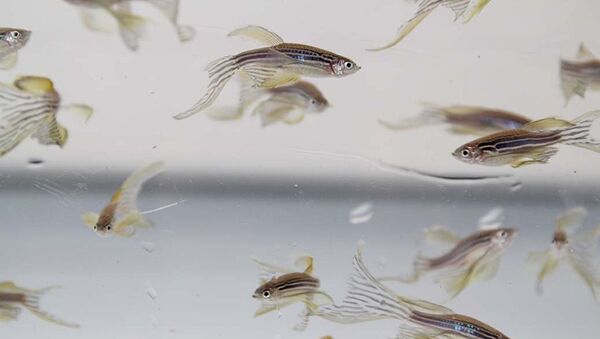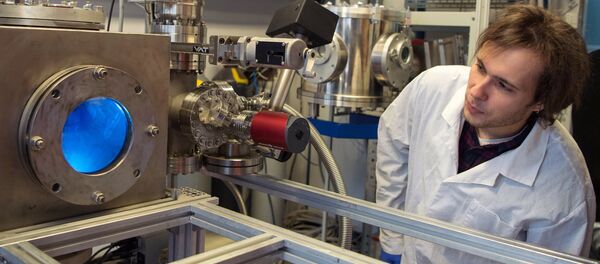They have obtained evidence of these nanoparticles' eco-toxicity after experimenting with zebrafish (Danio rerio) embryos. An article summing up the results of their research project has been published in the Journal of Hazardous Materials.
This research paper is part of an ambitious project that involves scientists who are trying to develop nanoparticle eco-toxicity models. Such models make it possible to assess the eco-toxicity levels of new nano-materials in advance.

"We have studied the eco-toxic effect of two types of silver nano-particles, that is, flat and spherical nano-particles," Natalia Abramenko, who co-authored a book on this issue, told RIA Novosti. "The experiment involved four types of zebrafish (Danio rerio) embryos that were treated with two types of silver nano-particles and silver ions, and a sample survey was also conducted."
According to authors, both forms of silver nano-particles displayed high eco-toxicity levels, as compared to silver ions (AgNO3). At the same time, flat silver nano-particles proved to be even more toxic than spherical ones.
"Previous research explained the eco-toxicity of silver nano-particles by the presence of silver ions (as a result of nano-particles' partial dissolution). Our results make it possible to say that the eco-toxicity of silver nano-particles is linked precisely with the presence of nano-particles inside samples," Abramenko said.
This data expands current perceptions of the relationship between nano-particles' specifications and their eco-toxicity. According to scientists, it can be used to assess various risks of introducing nano-materials and to obtain highly safe nano-particles.





